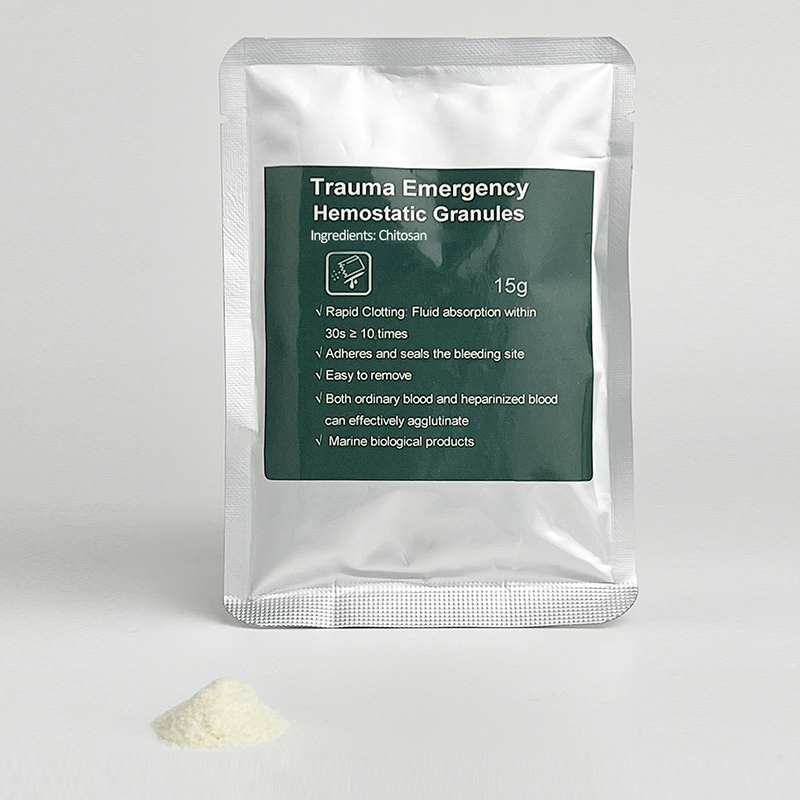
What is capillary bleeding?
2023-05-18
Capillary bleeding, also known as microbleeding, occurs when blood leaks out of capillaries and into the surrounding tissues due to capillary damage or injury. Capillaries are the smallest blood vessels in the vascular system, typically less than 1 millimeter in diameter, and are made up of endothelial cells and basement membranes. These tiny vessels play a crucial role in transporting oxygen and nutrients to various tissues and organs throughout the body.
Capillary bleeding is typically not a serious health concern, but if left untreated, it can lead to complications and other conditions. Symptoms of capillary bleeding are often subtle and may include mild pain and congestion. However, if there are large areas of ecchymosis or significant bleeding, prompt medical attention is necessary to prevent further complications.
Capillary bleeding can be caused by several factors, including trauma, inflammation, blood diseases, medication, and radiation exposure. Certain medical conditions such as severe hypertension, arteriosclerosis, and diabetes can also increase the risk of capillary hemorrhage. Additionally, individuals who are malnourished or deficient in nutrients like vitamin K may be more prone to capillary bleeding.
Treating capillary bleeding depends on the severity of the condition. For mild cases, no special treatment is usually needed. Applying ice packs or resting the affected area for a period of time can help alleviate symptoms and promote healing. However, for more severe cases, specific treatment should be carried out based on the underlying cause. This may include antibiotic or hormone therapy for infections or inflammation, blood pressure management to control hypertension, or other targeted interventions as necessary. It is important to seek medical attention if capillary bleeding persists or worsens over time.
Capillary hemorrhage refers to a significant amount of bleeding caused by capillary rupture or severe injury, which can lead to serious consequences such as decreased blood pressure, shock, anemia, and even life-threatening complications. If significant capillary bleeding is present, prompt and effective measures must be taken to address the situation. It is important to seek immediate medical attention and follow appropriate treatment protocols to prevent further complications and ensure the best possible outcome.
Call for help: If a patient is experiencing significant capillary bleeding, the first step is to call for help. Notify trained personnel who can handle emergency situations and ensure they are aware of the situation so that prompt rescue and appropriate treatment can be provided. It is essential to act quickly and efficiently in such situations to ensure the best possible outcome for the patient.
Compression for hemostasis: In cases of massive capillary bleeding, hemostasis measures should be taken as a priority. The primary method of hemostasis is to compress and seal the ruptured capillaries to prevent further bleeding. Any object that can compress blood vessels, such as a handkerchief, towel, or gauze, can be used to tightly dress the wound and apply sufficient pressure to the bleeding point. When applying compression for hemostasis, it is crucial not to release the pressure. If the compression is not too tight, the tension can be adjusted appropriately to ensure normal blood circulation and prevent further complications. Seeking medical attention and following appropriate treatment protocols is also essential in cases of significant capillary bleeding.
Raising the wound: Significant capillary bleeding often leads to a decrease in blood pressure, making it essential to elevate the wound promptly to reduce the impact of downward blood flow on the patient. Elevating the bleeding site more than 15 centimeters above the heart level can help reduce blood vessel pressure and promote blood reflux. This can help mitigate the effects of bleeding and improve the patient's condition. However, it is important to seek medical attention and follow appropriate treatment protocols as soon as possible to address the underlying cause of the bleeding and prevent further complications.
Maintain unobstructed breathing: In cases of significant capillary bleeding, patients may experience shortness of breath or difficulty breathing, making it essential to maintain unobstructed breathing. This can help patients breathe normally, avoid crying or panicking, and maintain a positive psychological state. It is important to reassure the patient and provide emotional support to help them cope with the situation. Seeking medical attention and following appropriate treatment protocols is also crucial in such cases to address the underlying cause of the bleeding and prevent further complications.
Medical treatment: After taking necessary first aid measures such as compression hemostasis and elevating the wound, it is essential to seek prompt medical attention at the hospital. Doctors can provide appropriate medication, blood transfusion, or surgical treatment based on the patient's condition. Significant capillary bleeding should be taken seriously, and timely treatment is crucial to effectively control the situation and reduce the risk of complications. It is important to follow medical advice and treatment protocols to ensure the best possible outcome for the patient.





